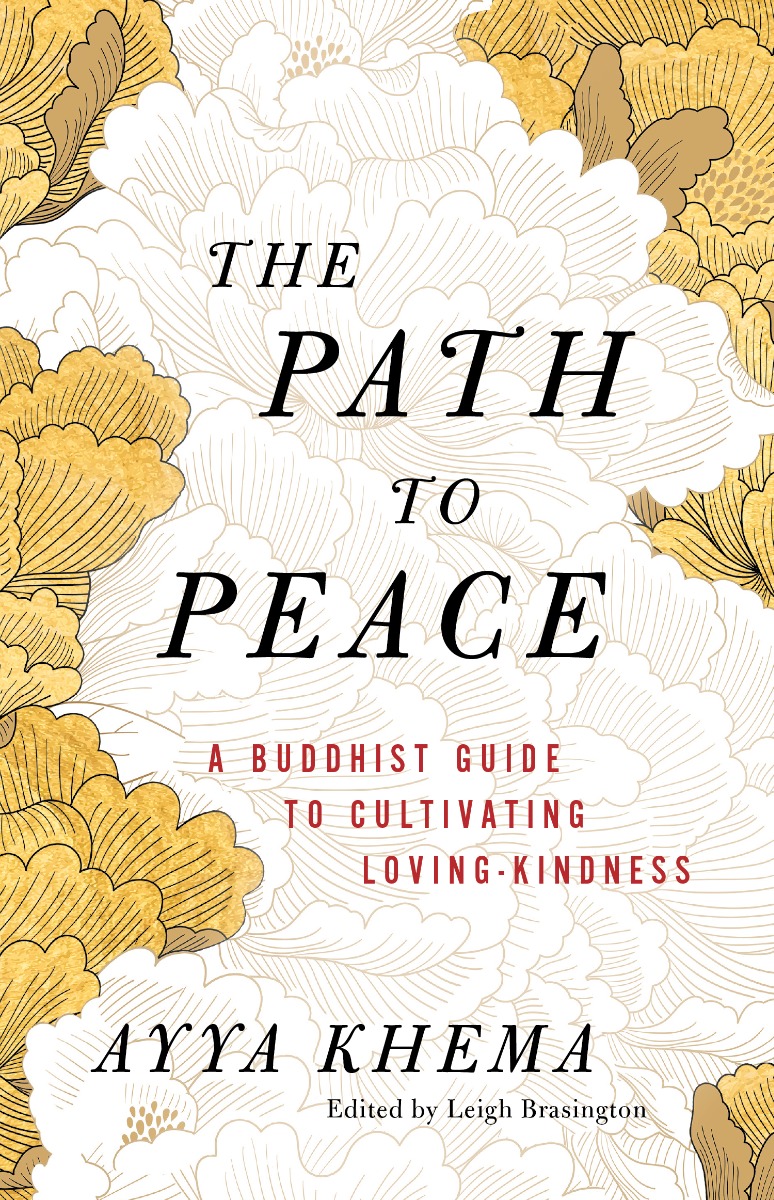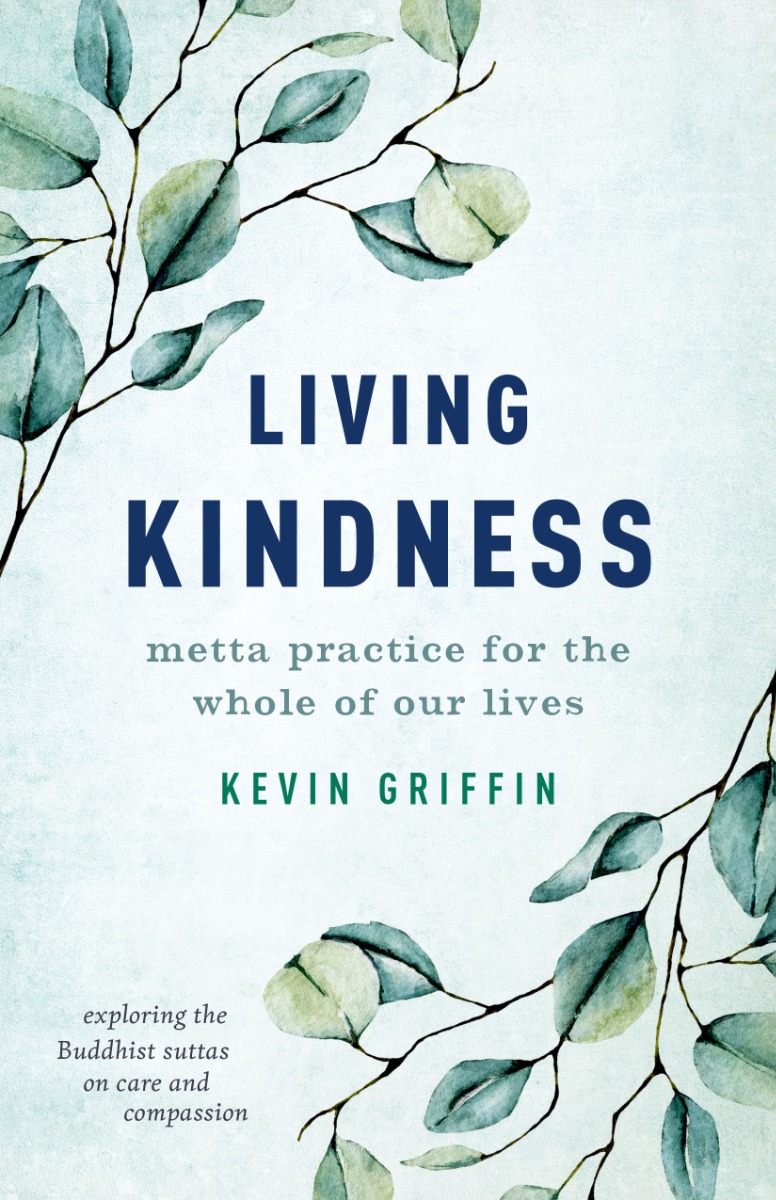Concentration, Insight and Loving-Kindness: The Swiss Army Knife of Meditation Practice
Concentration, Insight and Loving-Kindness:
The Swiss Army Knife of Meditation Practice
Today I want to shine a light on basic meditation practices, how they work and why you should use them. I would consider this to be the tip of the iceberg and just a first introduction.
There are basically 3 types of meditations for different purposes, which I would consider to be the "Swiss Army Knife" of meditation. Just like this multi tool has different blades for different purposes, these 3 meditation techniques have certain use cases. And like a Swiss Army Knife, they should be seen as a package, they last you a life time and never go out of fashion.
1) Concentration Meditation helps you to focus, relax and enjoy yourself (Samatha)
Concentration Meditation (Samatha) uses an object to focus the attention on. It is like one of those old school Maglite flashlights, which you can twist at the top to bundle all of the light in one spot in the distance. There are various objects that can be used to focus your attention on. Traditionally the sensation of the breath at the nose tip is used. When you breathe in, just focus on the sensation or perceived sensation of the breath wherever you can observe it. When you breathe out, do the same. When you lose the breath, just remind yourself, that you wanted to focus on the breath and get back to observing. When you get more proficient with the Concentration Meditation, you might experience joyful bodily sensations and relieve from your restless mind that plagues you in daily life. These joyful states are called absorptions or jhanas in Pali (the language that Theravada Buddhist texts are written).
This practice is great for people who want tame their monkey mind and who want to experience moments of joy and no-mind. The after glow of having been in these states is very blissful, but only lasts for so long. This will lead us right to the next practice which aims for permanent changes in our understanding.
Tina Rasmussen & Stephen Snyder go into detail of Concentration practices*
2) Insight Meditation increases your mindfulness and understanding (Vipassana)
In contrast to the previous mentioned practices which tries to focus all brain power on one object, Insight Meditation does the opposite. The flashlight is twisted at the top in the opposite direction to shine as much light into all corners of your body and mind, as possible. Instead of directing attention, awareness is used to connect briefly with any kind of impression that might pop up: bodily sensations, feelings, thoughts, whatever. Noting is a technique which is often refered to. Anything that pops up is attended to, labeled with a mental note and then discarded. If you feel pain in a leg, be aware of it, label it with "pain" and then discard it.
The goal of this practice is not to experience blissful states, it is more to permanently deconstruct the world as you know it. And therefore reach new stages. The difference between state and stage is very important. A state is temporarily, a stage is permanent. So what should you try to understand piece by piece? It is the cornerstone of Buddhism, the 3 marks of existence impermanence (anicca), suffering (dukkha), non-self (anatta). The noting technique supports you to not only intellectually understand that everything is impermanent. You will start to feel it. And with that your whole perception will change. It won't be long after you start to realize, that meditation practice does have clear real life implications.
Vipassana meditation is suited for people who don't want to mess around and want to dig in deep right away. But be aware. To be able to chip away the 3 marks of existence, you need at least some kind of stable concentration to get results.
Mahasi Sayadaw is a prominent teacher of Vipassana and noting*
3) Loving-kindness Meditation connects you to yourself, other people and the world (Metta)
Loving-kindness Meditation or Metta Meditation tries to harvest and channel our goodwill towards ourself and to other people. People you know and like, but also people you know and you don't like as well as people you do not really know at all. Traditionally it starts with wishing oneself good things to open the heart and channel good feelings: "May I be happy. May I be free of suffering. May I be free of greed, hate and delusion." Then you branch out those wishes to a beloved person of yours. If it is difficult to give wishes to yourself first, then just switch the order. Next you extend the wishes to a family member, e.g. parents. Then towards a person you do not like or you are having trouble with. After that you pick a person you don't know, but see in everyday life, e.g. a bus driver. And finally you extend the loving-kindness towards all beings. Here is a short loving kindness-meditation that you can try out: Loving-Kindness Meditation | Practice | Greater Good in Action (berkeley.edu)
Metta Meditation is suited for everyone and especially for people who already have a good access to their heart. For the ones who don't, this is a good practice to unlock the heart and balance out the other 2 practices.
Ayya Khema did teach Concentration Practices as well as Metta*
You will need the whole Swiss Army Knife on your journey
Some traditions or teachers try to separate these practices and put one practice on a throne while putting the others down. Just focusing on and praising one practice can have severe consequences for your practice and you might get stuck. You could experience pleasure of concentration states and find yourself stuck in them. Those meditators are somtimes refered to as "jhana junkies". As they don't want to progress anymore. Or you could be stuck in your Insight Meditation practices all "dried up" with no joy that concentration could offer you as an antidote. That is why sometimes Vipassana is called "dry insight". And if you leave out Metta Meditation in your practice you might be one of those highly functional, but non-connected meditators who have issues functioning in the real world because of strong detachment from other people.
With Metta
Buddhist Teachings
* mark affiliate links or cross-links to my own YouTube channel.
Additional resources
- Tina Rasmussen - Luminous Mind Sangha
- Stephen Snyder - Awakening Dharma
- For more information on absorption states, I recommend the homepage of Leigh Brasington, a contemporary meditation teacher who was taught by Ayya Khema.
- Recommended Books*:
Join the mailing list
.png)








I found this well-written overview to be very helpful in terms of clearly understanding what meditation forms there are, and what I might expect from the different forms. Each form brings important aspects to the table and I can imagine that if all three are well-integrated into one's practice, there could be the possibility for an especially meaningful outcome. I am currently most comfortable in "metta", but now see more precisely where I can branch out when I am ready. Thank you!
ReplyDeleteDear reader,
ReplyDeletethank you for comment. I wish you good luck on your journey and joy on branching out to the other meditation practices!
With Metta
Buddhist Teachings